| Weight | 1 lbs |
|---|---|
| Dimensions | 9 × 5 × 2 in |
| host | rabbit |
| isotype | IgG |
| clonality | polyclonal |
| concentration | 1 mg/mL |
| applications | ICC/IF, WB |
| reactivity | PSDR1 |
| available sizes | 100 µg |
rabbit anti-PSDR1 polyclonal antibody 3728
$376.00
Antibody summary
- Rabbit polyclonal to PSDR1
- Suitable for: WB,ELISA
- Isotype: Whole IgG
- 100 µg
rabbit anti-PSDR1 polyclonal antibody 3728
| antibody |
|---|
| Tested applications WB,ELISA |
| Recommended dilutions Immunoblotting: use at 1:500-1:1,000 dilution ELISA: use at 1:1,000-1:5,000 dilution. |
| Immunogen N-terminal sequence MVELMFP and C-terminal sequence LLGLPID of human PSDR1. |
| Size and concentration 100µg and lot specific |
| Form liquid |
| Storage Instructions This antibody is stable for at least one (1) year at -20°C. Avoid multiple freeze- thaw cycles. |
| Storage buffer PBS, pH 7.4 |
| Purity immunogen affinity purification |
| Clonality polyclonal |
| Isotype IgG |
| Compatible secondaries goat anti-rabbit IgG, H&L chain specific, peroxidase conjugated, conjugated polyclonal antibody 9512 goat anti-rabbit IgG, H&L chain specific, biotin conjugated polyclonal antibody 2079 goat anti-rabbit IgG, H&L chain specific, FITC conjugated polyclonal antibody 7863 goat anti-rabbit IgG, H&L chain specific, Cross Absorbed polyclonal antibody 2371 goat anti-rabbit IgG, H&L chain specific, biotin conjugated polyclonal antibody, crossabsorbed 1715 goat anti-rabbit IgG, H&L chain specific, FITC conjugated polyclonal antibody, crossabsorbed 1720 |
| Isotype control Rabbit polyclonal - Isotype Control |
| target relevance |
|---|
| Protein names Retinol dehydrogenase 11 (EC 1.1.1.300) (Androgen-regulated short-chain dehydrogenase/reductase 1) (HCV core-binding protein HCBP12) (Prostate short-chain dehydrogenase/reductase 1) (Retinal reductase 1) (RalR1) (Short chain dehydrogenase/reductase family 7C member 1) |
| Gene names RDH11,RDH11 ARSDR1 PSDR1 SDR7C1 CGI-82 |
| Protein family Short-chain dehydrogenases/reductases (SDR) family |
| Mass 35386Da |
| Function FUNCTION: Retinol dehydrogenase with a clear preference for NADP. Displays high activity towards 9-cis, 11-cis and all-trans-retinol, and to a lesser extent on 13-cis-retinol (PubMed:12036956, PubMed:12226107, PubMed:29410696). Exhibits a low reductive activity towards unsaturated medium-chain aldehydes such as cis -6-nonenal and no activity toward nonanal or 4-hydroxy-nonenal (PubMed:15865448). Has no dehydrogenase activity towards steroid (PubMed:12036956, PubMed:12226107). {ECO:0000269|PubMed:12036956, ECO:0000269|PubMed:12226107, ECO:0000269|PubMed:15865448, ECO:0000269|PubMed:29410696}. |
| Catalytic activity CATALYTIC ACTIVITY: Reaction=all-trans-retinol + NADP(+) = all-trans-retinal + NADPH + H(+); Xref=Rhea:RHEA:25033, ChEBI:CHEBI:15378, ChEBI:CHEBI:17336, ChEBI:CHEBI:17898, ChEBI:CHEBI:57783, ChEBI:CHEBI:58349; EC=1.1.1.300; Evidence={ECO:0000269|PubMed:12036956, ECO:0000269|PubMed:12226107, ECO:0000269|PubMed:29410696}; CATALYTIC ACTIVITY: Reaction=11-cis-retinol + NADP(+) = 11-cis-retinal + NADPH + H(+); Xref=Rhea:RHEA:54912, ChEBI:CHEBI:15378, ChEBI:CHEBI:16066, ChEBI:CHEBI:16302, ChEBI:CHEBI:57783, ChEBI:CHEBI:58349; Evidence={ECO:0000269|PubMed:12036956, ECO:0000269|PubMed:12226107}; CATALYTIC ACTIVITY: Reaction=9-cis-retinol + NADP(+) = 9-cis-retinal + NADPH + H(+); Xref=Rhea:RHEA:54916, ChEBI:CHEBI:15378, ChEBI:CHEBI:57783, ChEBI:CHEBI:58349, ChEBI:CHEBI:78272, ChEBI:CHEBI:78273; Evidence={ECO:0000269|PubMed:12036956, ECO:0000269|PubMed:12226107}; CATALYTIC ACTIVITY: Reaction=13-cis-retinol + NADP(+) = 13-cis-retinal + NADPH + H(+); Xref=Rhea:RHEA:54920, ChEBI:CHEBI:15378, ChEBI:CHEBI:45479, ChEBI:CHEBI:45487, ChEBI:CHEBI:57783, ChEBI:CHEBI:58349; Evidence={ECO:0000269|PubMed:12036956, ECO:0000269|PubMed:12226107}; |
| Pathway PATHWAY: Cofactor metabolism; retinol metabolism. {ECO:0000269|PubMed:12036956, ECO:0000269|PubMed:12226107}. |
| Subellular location SUBCELLULAR LOCATION: Endoplasmic reticulum membrane {ECO:0000269|PubMed:12036956}; Single-pass type II membrane protein {ECO:0000269|PubMed:12036956}. |
| Tissues TISSUE SPECIFICITY: Predominantly expressed in the epithelial cells of prostate, in both basal and luminal secretory cell populations. Expressed at low levels in spleen, thymus, testis, ovary, small intestine, colon, peripherical blood leukocytes, kidney, adrenal gland and fetal liver. Not detected in prostatic fibromuscular stromal cells, endothelial cells, or infiltrating lymphocytes. {ECO:0000269|PubMed:11245473}. |
| Structure SUBUNIT: Interacts with SELENOF. {ECO:0000269|PubMed:29410696}. |
| Post-translational modification PTM: Not glycosylated. {ECO:0000269|PubMed:11245473}. |
| Involvement in disease DISEASE: Retinal dystrophy, juvenile cataracts, and short stature syndrome (RDJCSS) [MIM:616108]: A disorder characterized by retinal dystrophy resulting in progressive decrease in visual acuity and difficulties with night vision in the first decade of life, development of juvenile cataracts, facial dysmorphism, psychomotor developmental delays, learning disabilities and short stature. Ophthalmological findings include salt-and-pepper retinopathy, attenuation of the arterioles, generalized rod-cone dysfunction, mottled macula at an early age, and peripapillary sparing of the retinal pigment epithelium. {ECO:0000269|PubMed:24916380}. Note=The disease is caused by variants affecting the gene represented in this entry. |
| Target Relevance information above includes information from UniProt accession: Q8TC12 |
| The UniProt Consortium |
Data
| No results found |
Publications
Warning: Cannot modify header information - headers already sent by (output started at /www/benchmarkantibodiescom_769/public/wp-includes/script-loader.php:3015) in /www/benchmarkantibodiescom_769/public/wp-content/plugins/shortcode-manager/shortcode-manager.php(453) : eval()'d code on line 3
Publications
| pmid | title | authors | citation |
|---|---|---|---|
| We haven't added any publications to our database yet. | |||
Protocols
| relevant to this product |
|---|
| Western blot IHC ICC |
Documents
| # | SDS | Certificate | |
|---|---|---|---|
| Please enter your product and batch number here to retrieve product datasheet, SDS, and QC information. | |||
Only logged in customers who have purchased this product may leave a review.
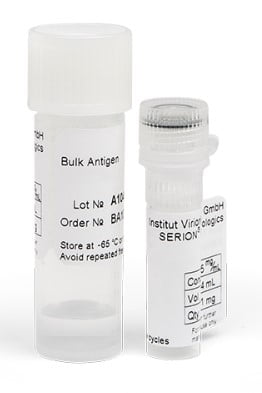
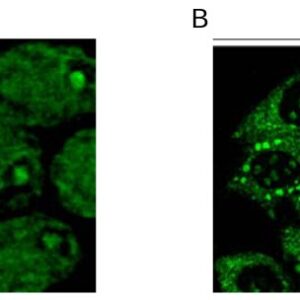
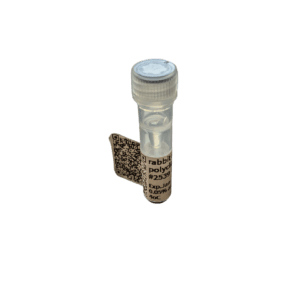
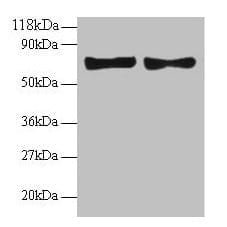
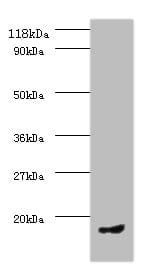

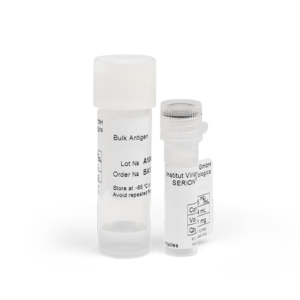
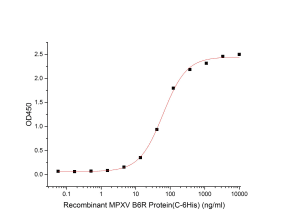
Reviews
There are no reviews yet.